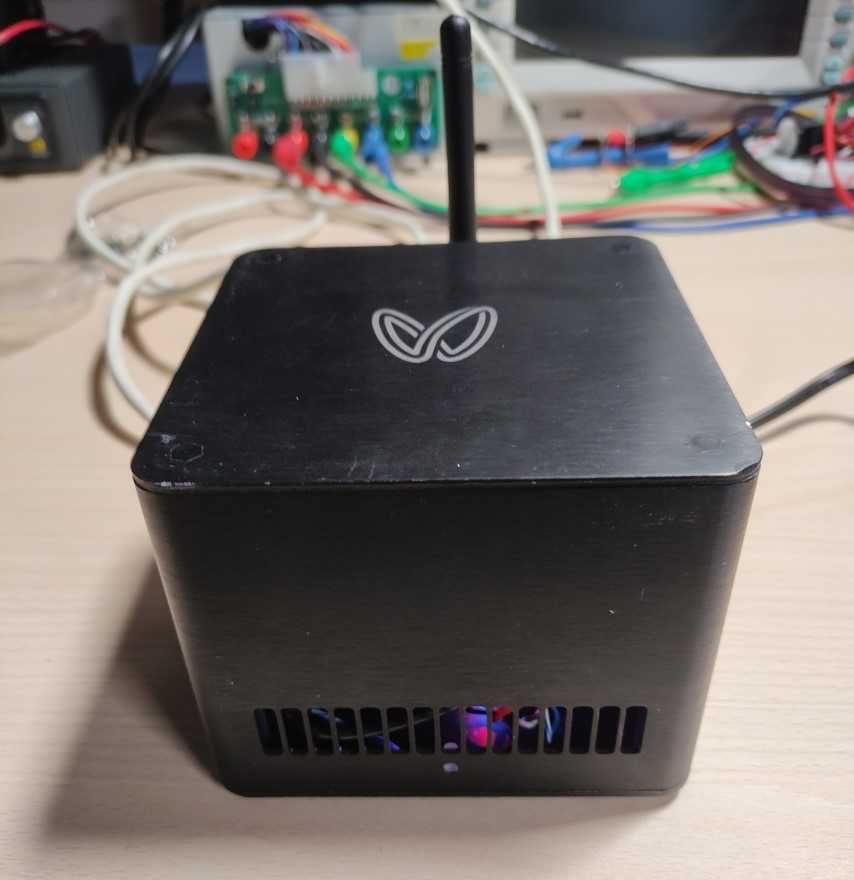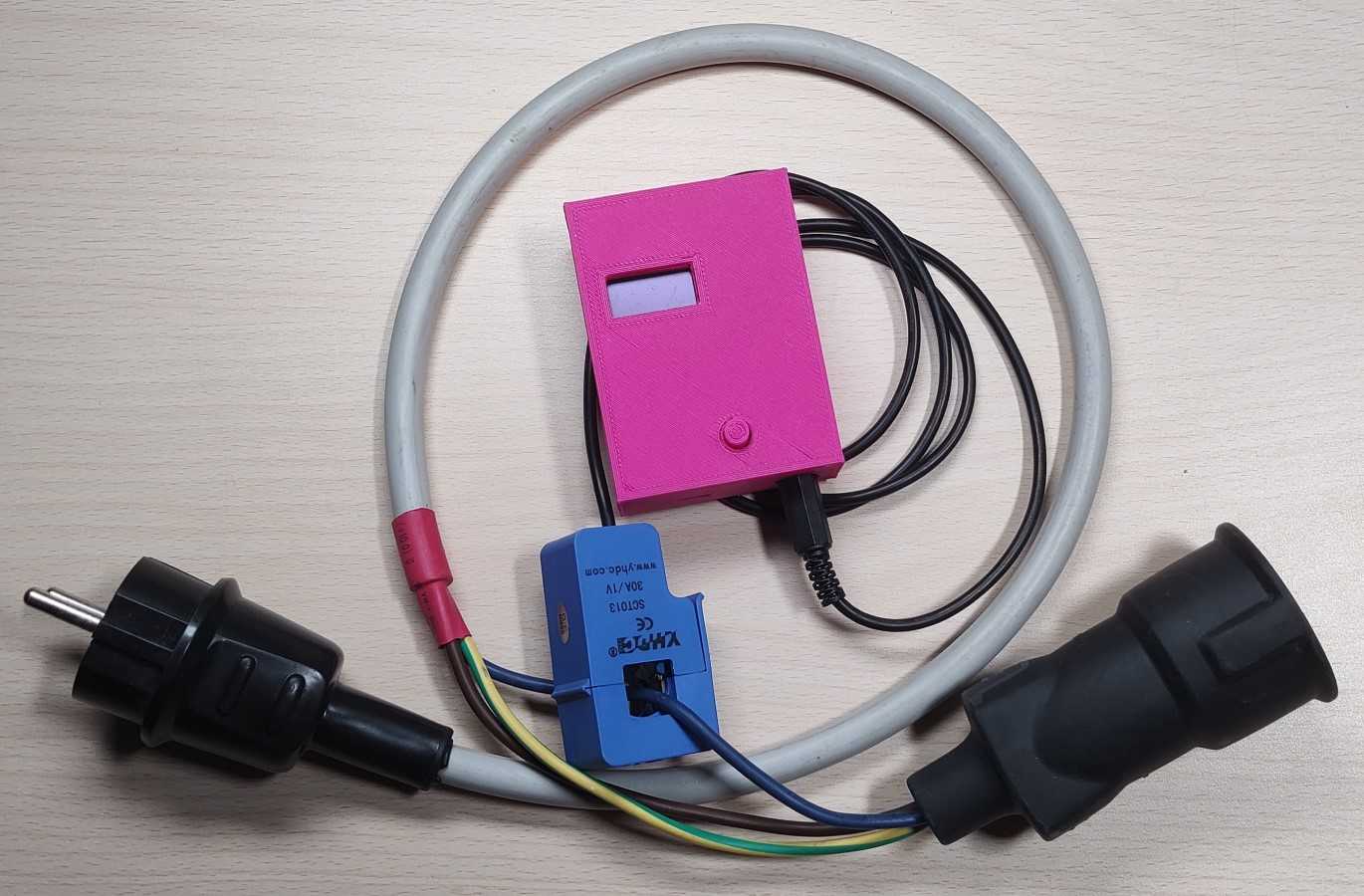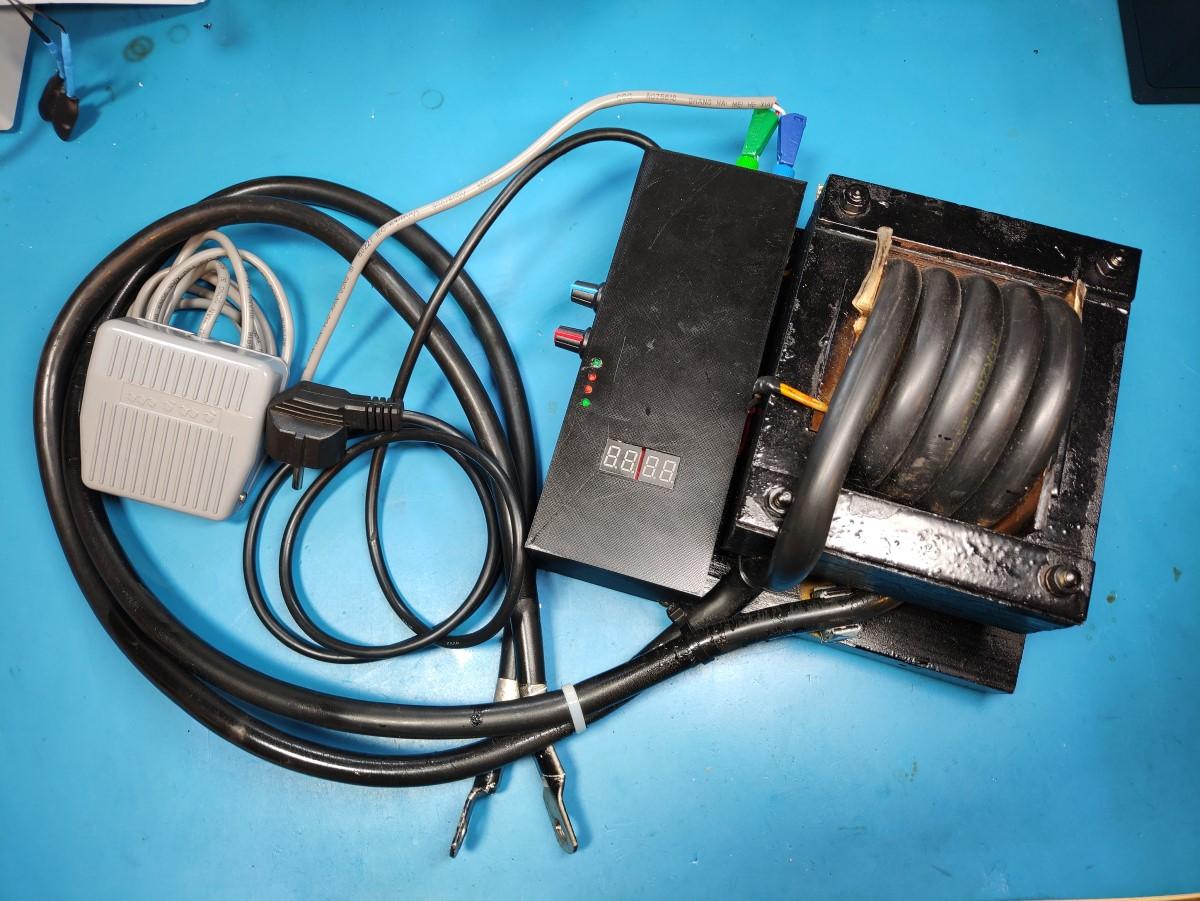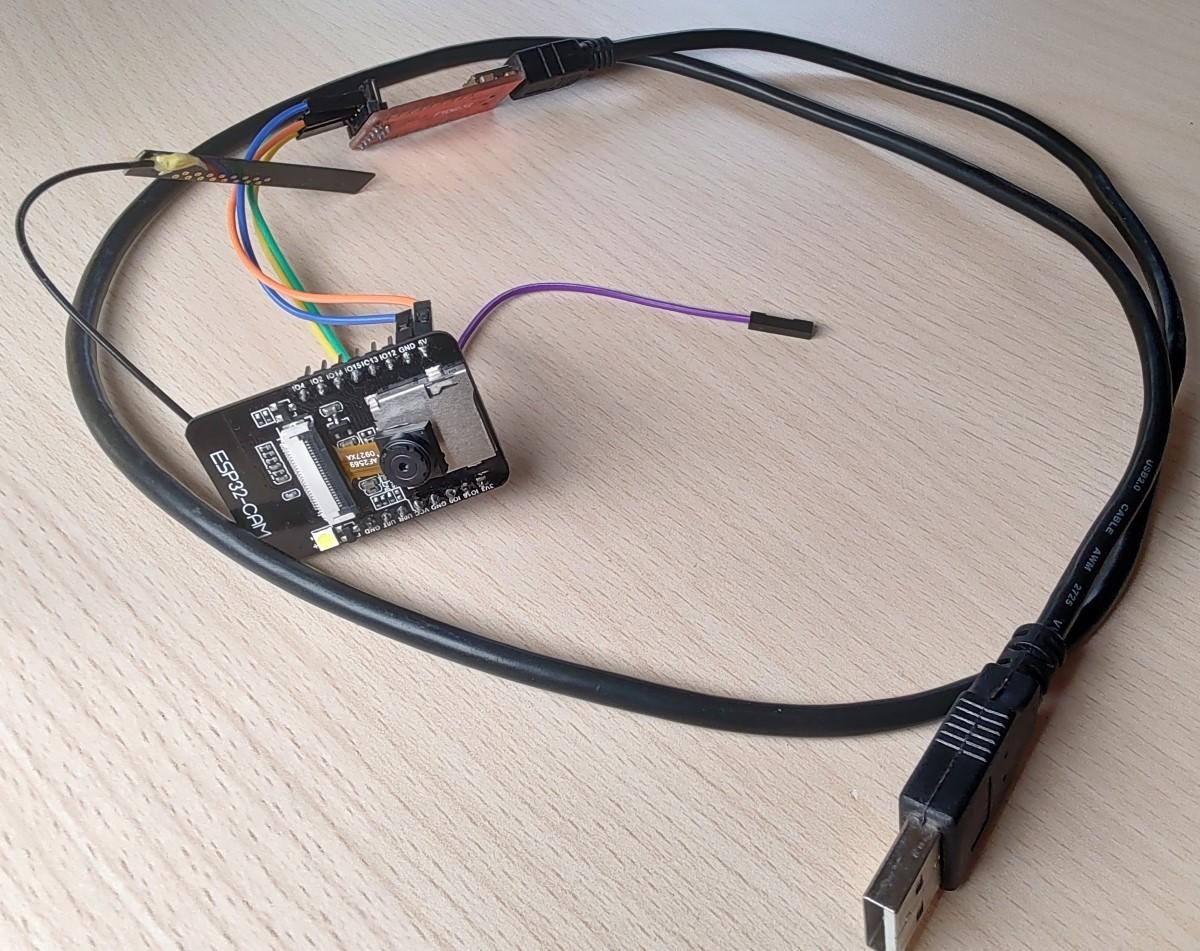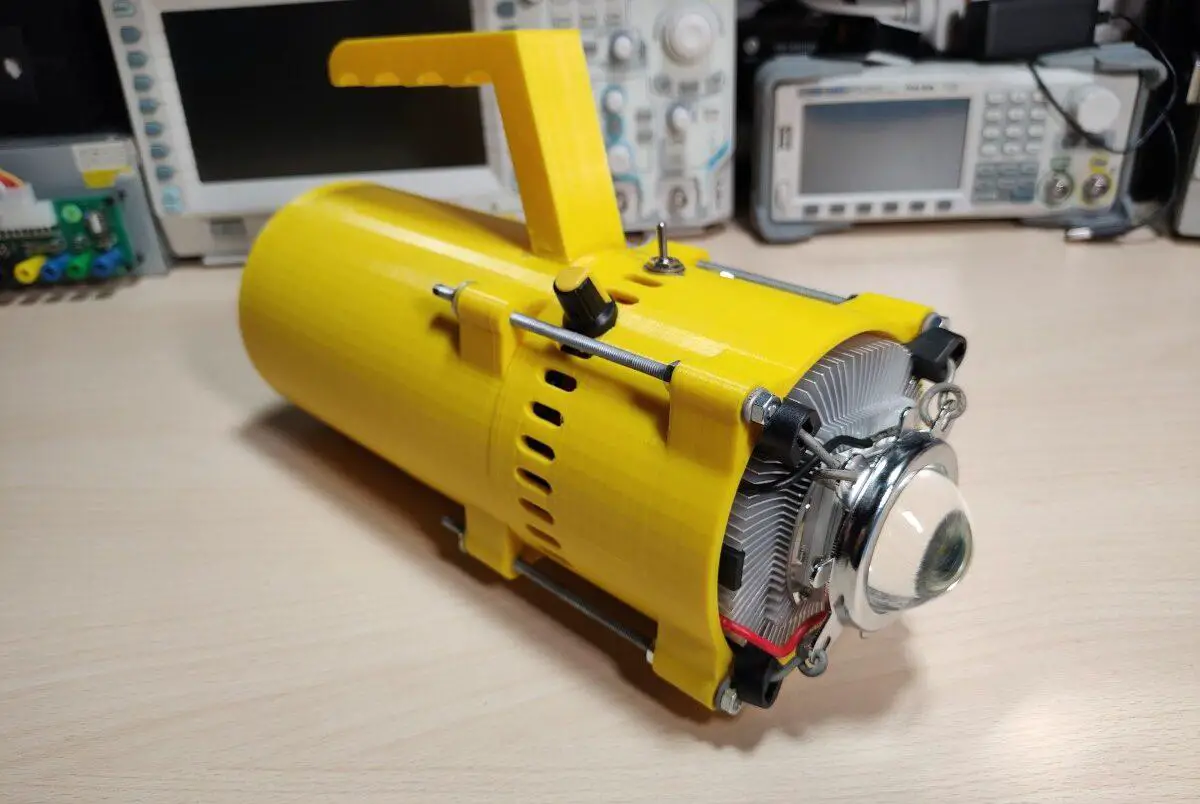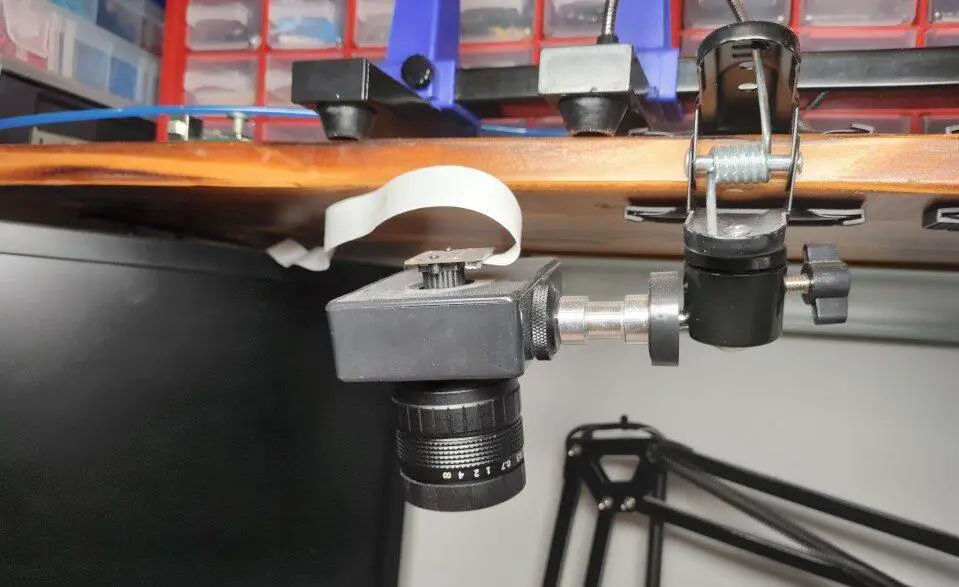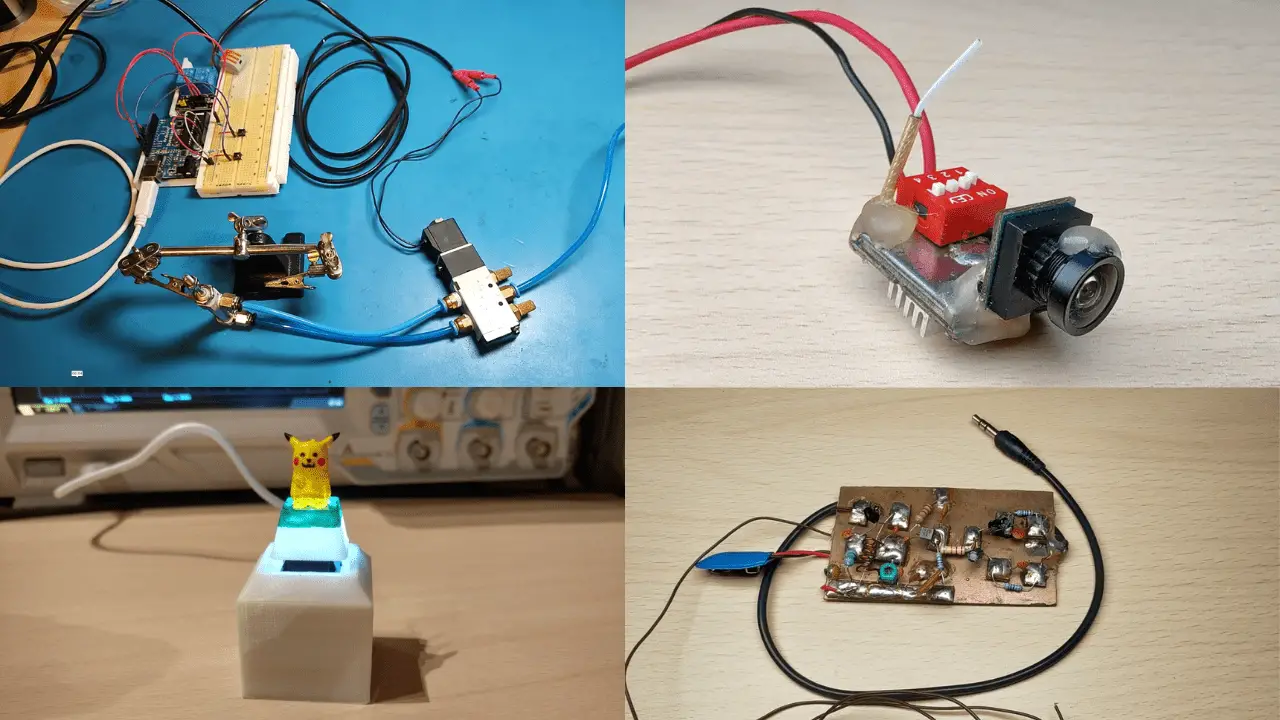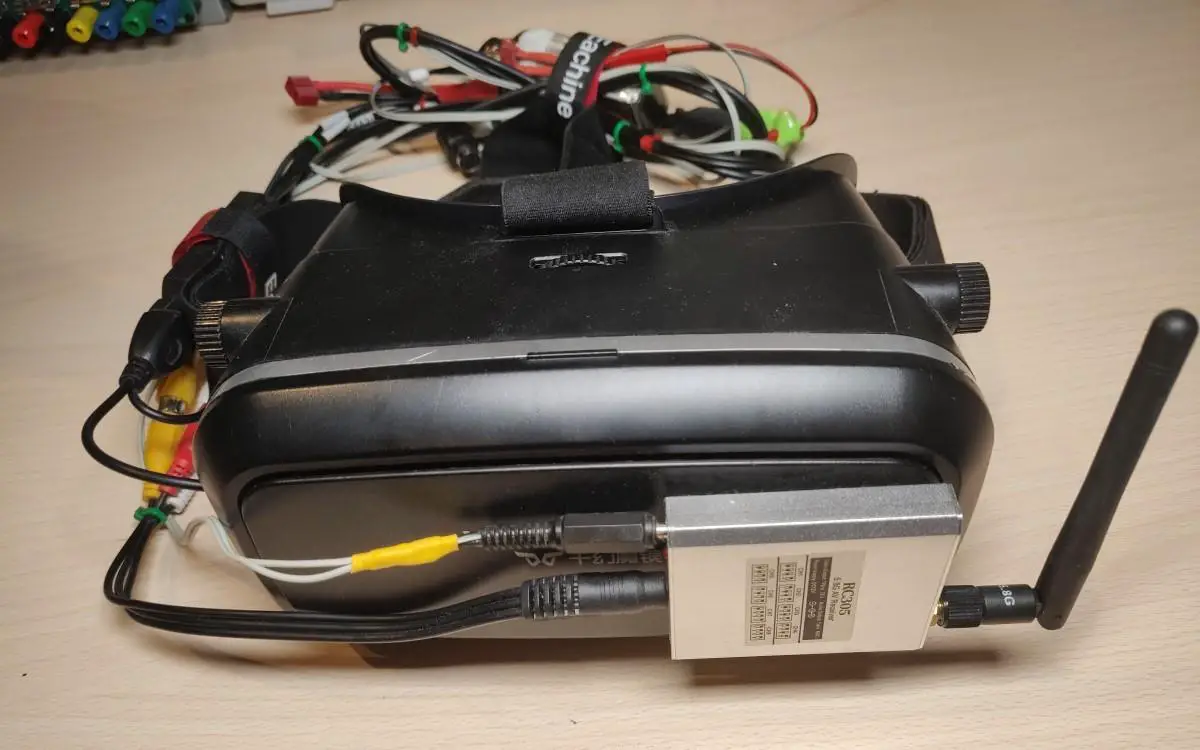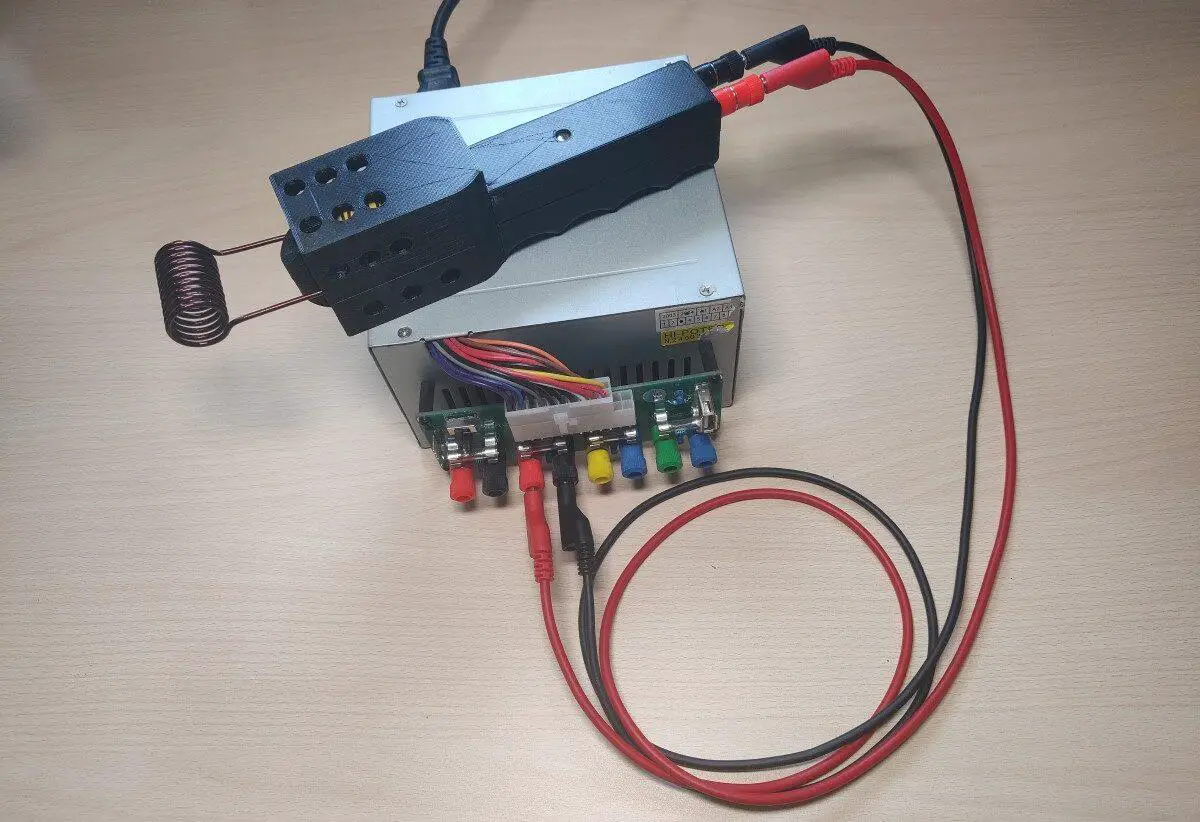Mini Portable Server From An Old Bitcoin Miner
In this post, I will document the build process for my mini portable server made from an old Bitcoin miner case and an Orange Pi Zero Plus. One day I was looking through my SBCs parts bin and saw the Orange Pi Zero Plus board(still in its packaging) I had bought many years ago but never used. I got the idea to make a small portable server that could maybe run an MQTT broker, act as an AP, run a web server, etc.
